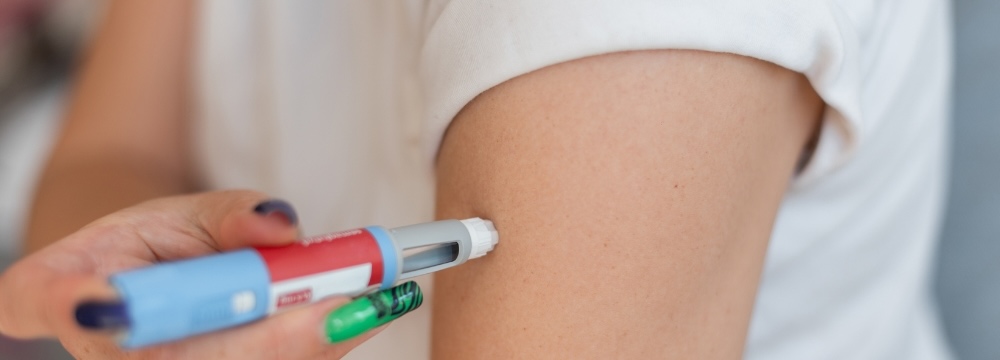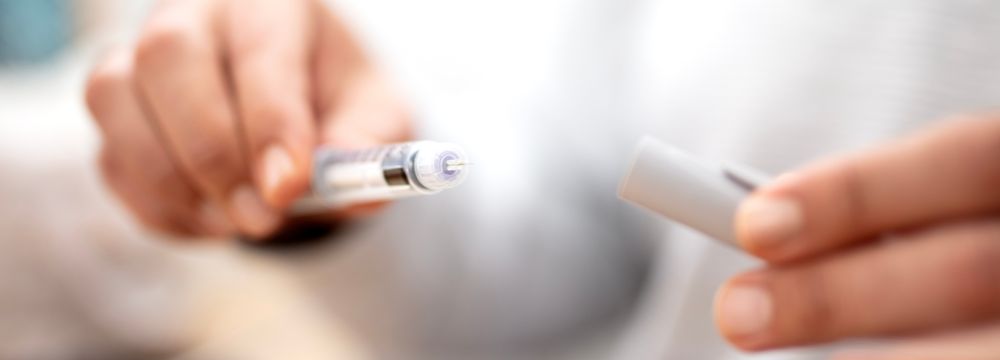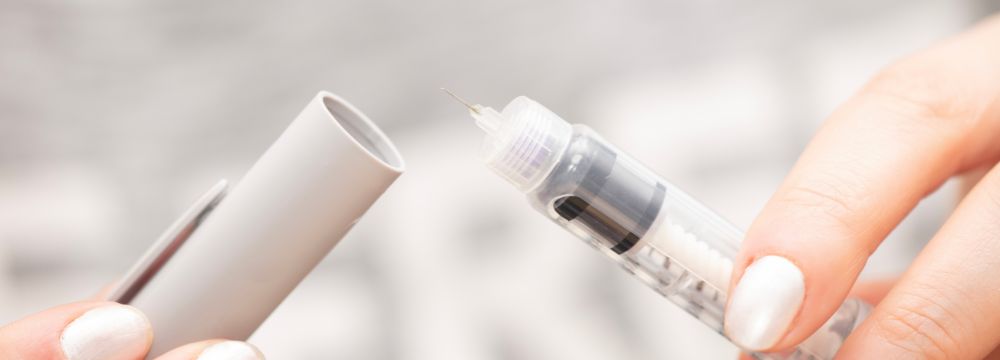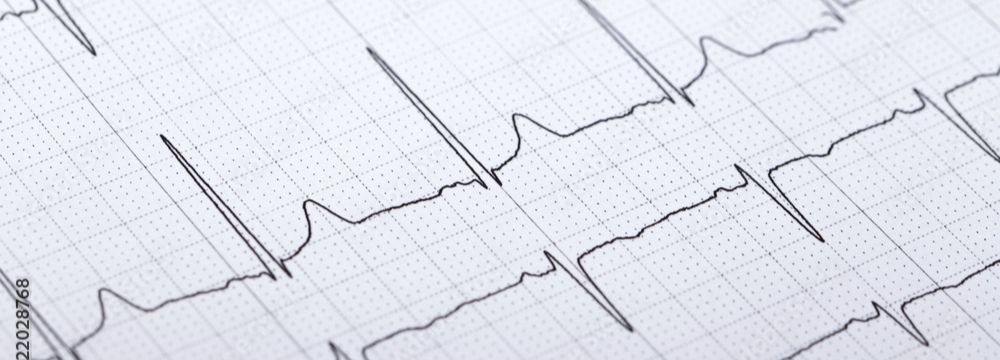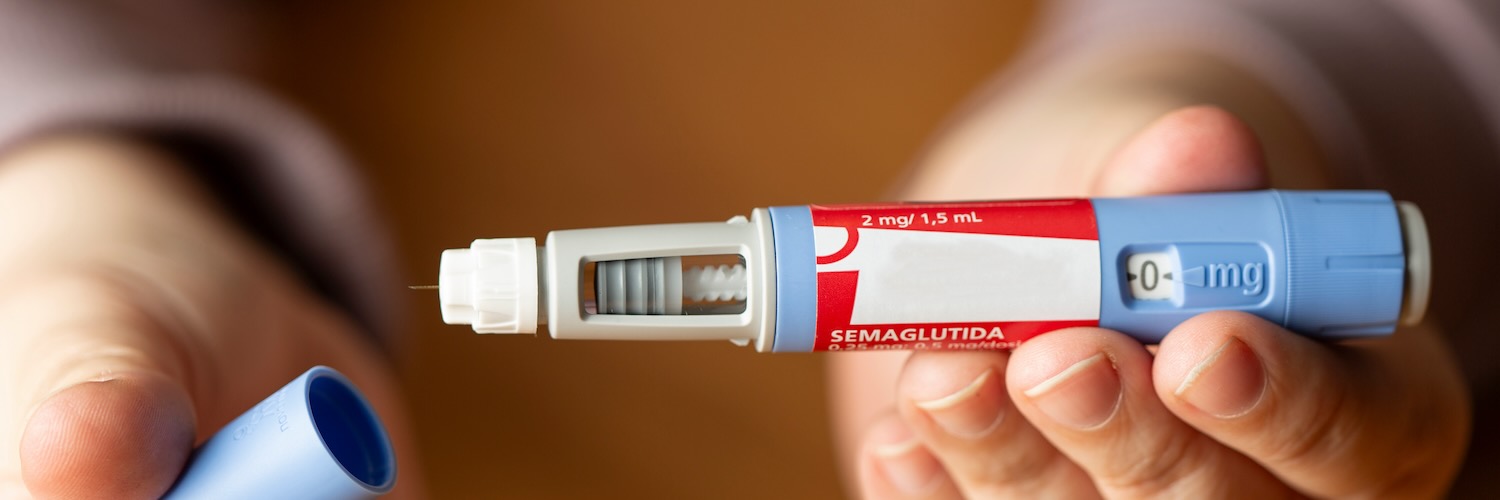Weight Loss Medications
If you’ve scanned the health headlines lately, you’ve probably seen some eye-catching stories. One discussed how chemicals in food may be linked to declining health in kids. Another reported a sharp rise – 50% in just a year – in the number of teens taking Wegovy for weight loss. And whether those headlines made you pause, panic, or just raise an eyebrow, they’ve sparked a timely conversation: Should teenagers really be using GLP-1 medications?
The short answer: Sometimes. But only with careful guidance. The long answer? Let’s break down what we know, based on current scientific research, safety data, and expert recommendations.
What Are GLP-1 Drugs, Anyway?
GLP-1 stands for glucagon-like peptide-1, a hormone your body naturally produces to help regulate blood sugar and appetite. GLP-1 receptor agonists are medications, such as liraglutide (Saxenda), semaglutide (Wegovy), dulaglutide, and exenatide, that mimic the actions of this hormone. Originally developed to treat type 2 diabetes, they’ve since gained FDA approval for weight management in adults and, more recently, some teens.
These medications reduce hunger by slowing the rate at which food leaves the stomach, increasing feelings of fullness, and lowering blood sugar levels. The result: weight loss, improved metabolism, and, ideally, better long-term health outcomes.1
A Dramatic Uptick with Teens
From 2020 to 2023, prescriptions of GLP-1 drugs among adolescents and young adults skyrocketed by nearly 600%. In real numbers, that went from just under 9,000 to more than 60,000 nationwide. Female teens experienced the most significant increase, with a 587.5% rise in prescriptions, compared to a 503.8% increase in males.2
But here’s the catch: while more teens are using these drugs, long-term safety data in this age group is still limited. Most studies track effects for only 1 to 2 years, and only two GLP-1 medications—liraglutide and semaglutide—either have FDA approval or are under review for weight management in adolescents.
What Some Studies Show So Far
Research into GLP-1 medications in adults is abundant, but research on adolescents is still limited. Let’s take a closer look at some of the available research.
The STEP TEENS Trial
This was a major randomized controlled trial that evaluated semaglutide 2.4 mg weekly in just over 200 adolescents with obesity. After 68 weeks, teens taking the medication had a 16.1% reduction in BMI, compared to just 0.6% in the placebo group. Over 73% of participants lost at least 5% of their body weight, versus only 18% in the placebo group.
Beyond the scale, participants treated with semaglutide also experienced improvements in cardiometabolic markers, including waist circumference, A1C, triglycerides, and liver enzyme levels.
But side effects are worth noting:
- Gastrointestinal symptoms were the most common, reported in 62% of semaglutide users compared to 42% in the placebo group.
- Gallstones (cholelithiasis) occurred in 4% of the semaglutide group (5 participants) and none in the placebo group.
- Serious adverse events occurred in 11% of semaglutide users and 9% of placebo users, though the nature of these events varied.
In short, the benefits were real, but so were the risks, underscoring the need for individualized care, expert supervision, and close follow-up when using these medications in teens.3
The ClinicalTrials.gov Review
Researchers analyzed all clinical trials registered on ClinicalTrials.gov related to GLP-1 drugs, and out of over 10,000 obesity-related trials, only 19 focused on the use of GLP-1 medications in children as of early 2023. The most commonly studied drugs included semaglutide, liraglutide, and exenatide, used not just for general obesity but for cases involving PCOS, hypothalamic obesity, insulin resistance, and pre-diabetes.
Most trials paired the medications with lifestyle interventions, like nutrition and exercise counseling. Results suggest that the drugs can enhance outcomes, especially when traditional lifestyle changes haven’t worked on their own. However, this came at the cost of some side effects, which seem to be consistent with adult outcomes in similar studies, including nausea, headache, digestive issues, and fatigue. There are also label warnings on some of these drugs related to severe issues in rare circumstances, as with most pharmaceuticals.4
So far, studies suggest that the side effects in teens are similar to those seen in adults: nausea, vomiting, bloating, abdominal pain, and fatigue are the most common complaints. Rarely, more serious side effects like pancreatitis, gallbladder disease, and mood changes can occur.4-5
When it comes to using GLP-1 medications in teens, risk versus benefit needs to be weighed in a thoughtful, individualized way. These medications may offer meaningful benefits, but they require regular follow-ups, lab monitoring, and honest conversations. Being upfront about things like thyroid disease, gallbladder issues, or past mental health concerns helps clinicians tailor treatment more safely.
Who Should Be on GLP-1s?
Not every teen who’s struggling with their weight needs or qualifies for medication. According to current guidance:
- GLP-1 medications are FDA-approved only for adolescents aged 12 and above with severe obesity (defined as a BMI of 120% or more of the 95th percentile).
- Candidates might need to have at least one obesity-related condition, like type 2 diabetes, sleep apnea, or fatty liver disease.
- Before starting medication, teens may have to complete a structured 6-month lifestyle program (including dietary and physical activity changes) that resulted in insufficient weight loss.
- Ongoing monthly follow-up is essential to adjust dosage, monitor labs, and manage side effects.
If you’re considering the use of GLP-1 medication, ask these key questions:
- What are the potential benefits and risks for my child?
- Have we exhausted lifestyle options first?
- What laboratory tests are required before and during treatment?
- What’s the long-term plan for stopping or continuing this medication?
GLP-1 therapy should never replace healthy habits – it should support them. That means limiting added sugars, getting at least 60 minutes of physical activity per day, and prioritizing sleep and emotional well-being.
Also, make sure your teen has a support network – whether that’s family, a health coach, or a trusted doctor (even better, all three!) for ongoing accountability and long-term habit structuring.
Proceed with Curiosity
Yes, the headlines are alarming. And yes, we need to talk about the growing use of weight-loss drugs in younger populations. But let’s not skip the most crucial part of the story: the context around use and legitimate oversight.
When used appropriately by the right patients and under the proper supervision, GLP-1 medications can help teens with severe obesity reclaim their health, energy, and confidence. However, it must be emphasized that they’re a medical tool, and like any tool, their effectiveness is only as good as the blueprints behind them.
If this seems like a path you’re ready to go down, stay curious. Ask questions. And always keep lifestyle, safety, and long-term health at the center of the conversation. Whether you’re an adult seeking answers or a parent considering options for your child, contact our team at Higa Bariatrics, and we’ll point you in the right direction.
- Alorfi, N. M., & Alshehri, F. S. (2023). Usage of Glucagon-Like Peptide-1 for Obesity in Children; Updated Review of Clinicaltrials.gov. Journal of multidisciplinary healthcare, 16, 2179–2187. https://doi.org/10.2147/JMDH.S419245.
- Lee, J. M., Sharifi, M., & Oshman, L. (2024). Dispensing of Glucagon-Like Peptide-1 Receptor Agonists to Adolescents and Young Adults, 2020-2023. JAMA, 331(23). https://doi.org/10.1001/jama.2024.7112.
- Weghuber, D., Barrett, T., Barrientos-Pérez, M., Gies, I., Hesse, D., Jeppesen, O. K., Kelly, A. S., Mastrandrea, L. D., Sørrig, R., & Arslanian, S. (2022). Once-Weekly Semaglutide in Adolescents with Obesity. New England Journal of Medicine, 387(24), 2245–2257. https://doi.org/10.1056/nejmoa2208601.
- Alorfi, N. M., & Alshehri, F. S. (2023). Usage of Glucagon-Like Peptide-1 for Obesity in Children; Updated Review of Clinicaltrials.gov. Journal of multidisciplinary healthcare, 16, 2179–2187. https://doi.org/10.2147/JMDH.S419245.
- Villafuerte, V. (2024, July 10). Are GLP-1 Drugs Safe for Children? Doctors Say Despite High Use Among Youth, No Unique Health Risks Detected. Uclahealth.org; UCLA Health. https://www.uclahealth.org/news/release/are-glp-1-drugs-safe-children-doctors-say-despite-high-use.


